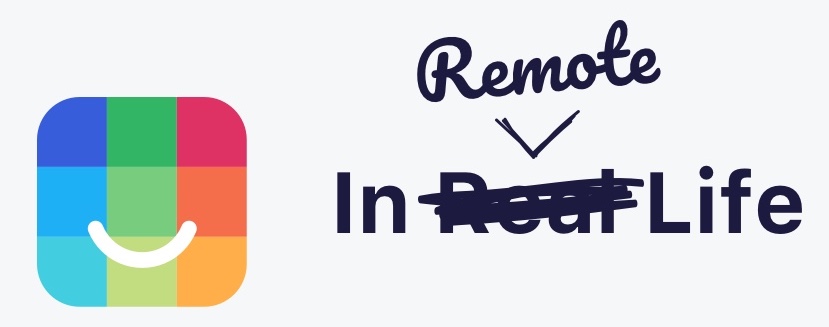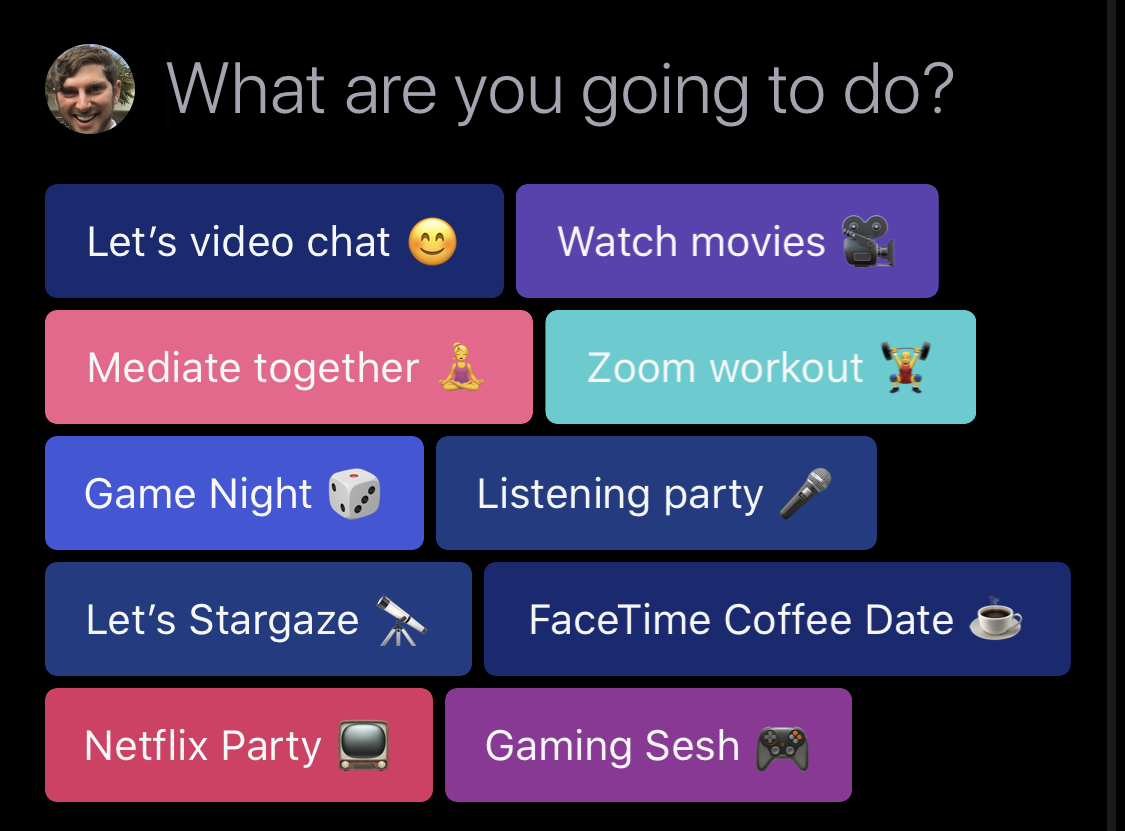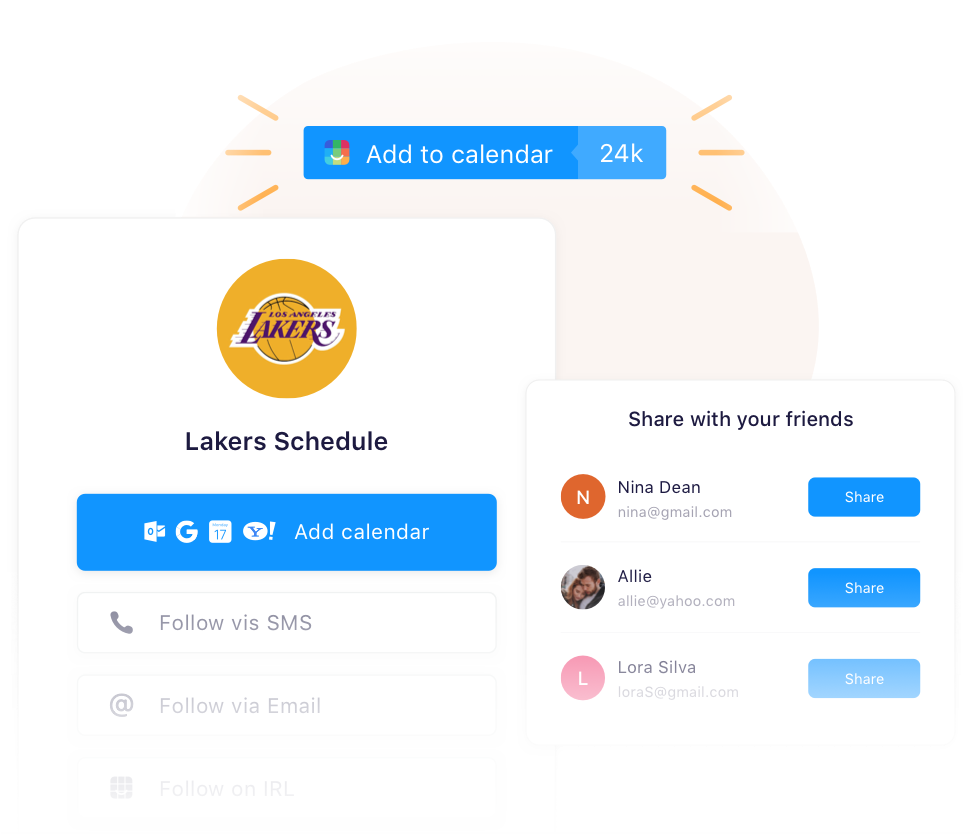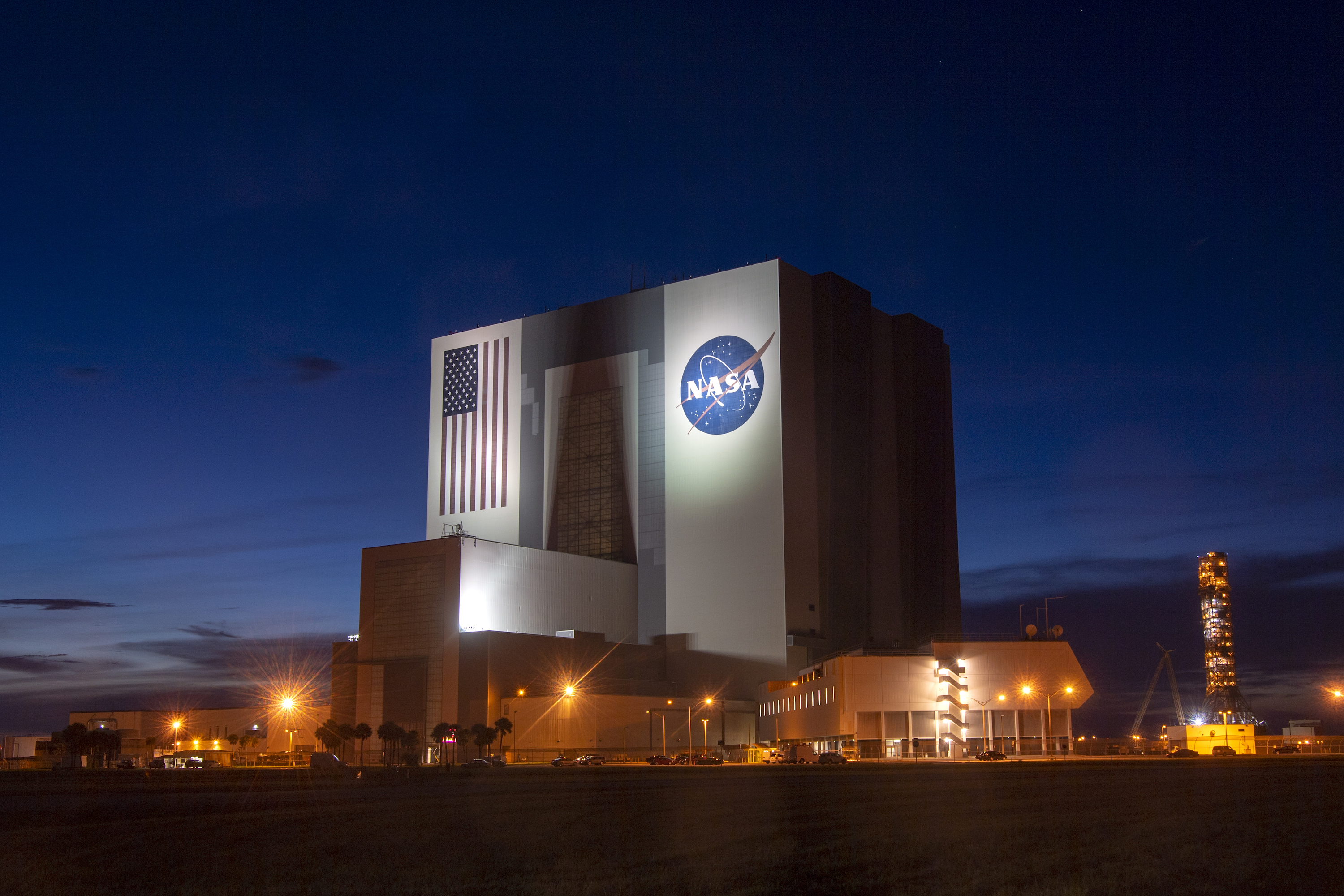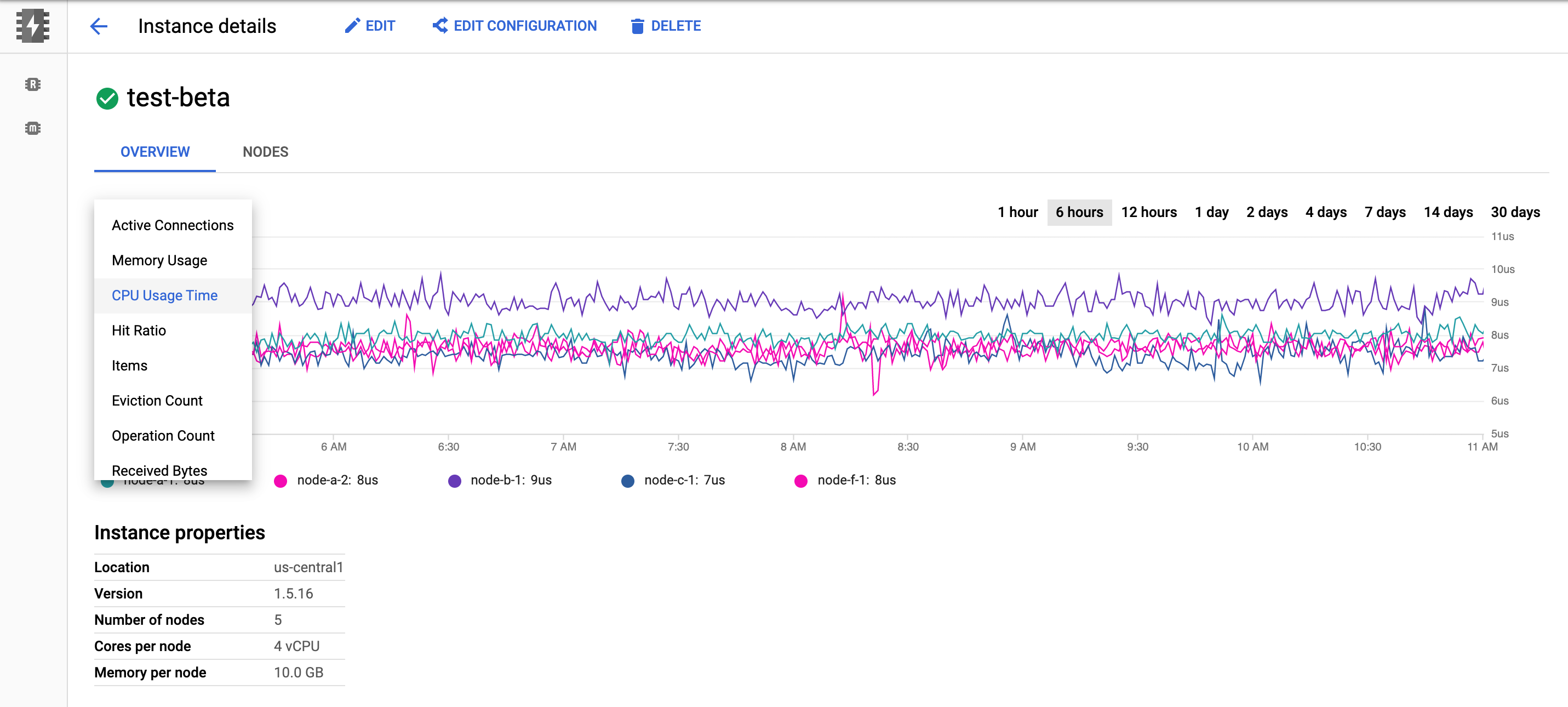Disney+ has arrived in the land of Bollywood. The company on Friday rolled out its eponymous streaming service in India through Hotstar, a popular on-demand video streamer it picked up as part of the Fox deal.
To court users in India, the largest open entertainment market in Asia, Disney is charging users 1,499 Indian rupees (about $20) for a year, the most affordable plan in any of the more than a dozen markets where Disney+ is currently available.
Subscribers of the revamped streaming service, now called Disney+Hotstar, will get access to Disney Originals in English as well as several local languages, live sporting events, thousands of movies and shows, including some sourced from HBO, Showtime, ABC, and Fox that maintain syndication partnerships with the Indian streaming service.
Disney+Hostar is also offering a cheaper yearly premium tier, priced at Rs 399 (about $5.3), that will offer subscribers access to movies, shows (but not those sourced from aforementioned U.S. networks and studios), and live sporting events. But it won’t include Disney Originals.
Access to streaming of sporting events, especially of cricket matches, has helped five-year-old Hotstar become the most popular on-demand video streaming in India. During the cricket tournament Indian Premier League last year, the service had amassed over 300 million monthly active users and more than 100 million daily active users.
It also holds the global record for most simultaneous views on a live stream, about 25 million — more than thrice of its nearest competitor.
Prior to today’s launch, Hotstar offered its premium plans at 999 Indian rupees, and 365 Indian rupees. Existing subscribers won’t be affected by the price revision until the duration of their current subscription.

The service, run by Indian conglomerate Star India, offers access to about 80% of its catalog at no cost to users. The company monetizes these viewers through ads.
But in recent years, the company has begun to explore ways to turn its users into subscribers. Two years ago, Hotstar restricted cricket match streaming to non-paying users.
People familiar with the matter told TechCrunch that Hotstar has about 1.5 million paying subscribers, lower than what most industry firms estimate. But that figure is still higher than most of its competitors.
And there are many.
Disney+ will compete with more than three dozen international and local players in India, including Netflix, Amazon Prime Video, Times Internet’s MX Player, which has over 175 million monthly active users, Zee5, Apple TV+, and Alt Balaji, which has amassed over 27 million subscribers.
“The arrival of Disney+ in India is another case study in the globalization of entertainment in the digital era. For decades, the biggest companies in the world have expanded their reach into different markets. But it’s new, and actually quite profound, that everyone on earth receives the very same version of such a specific cultural product,” Matthew Ball, former head of strategic planning for Amazon Studios, told TechCrunch.
As in some other markets, including the U.S., streaming services have leveraged on partnerships with telecom networks, TV vendors, cable TV operators, and satellite TV players in India.
Most of these streaming services monetize their viewers by selling ads, and those who do charge have kept their premium plans below $3.
Why that figure? That’s the number most industry executives think — by spending years in the Indian market — that people in the country are willing to pay. The average of how much an individual pays for cable TV, for instance, in India is also about $3.
“I think everyone is still trying to sort out the right pricing. It’s true the average Indian consumer is used to far lower prices and can’t afford more. However, we need to focus on the consumers likely to buy this, who have the requisite broadband access and income, etc,” said Ball.
At stake is India’s booming on-demand video streaming market that, according to Boston Consulting Group, is estimated to grow to $5 billion from half a billion two years ago.
Hotstar’s hold on India could make it easier for Disney+, which has launched in more than a dozen markets and has amassed over 28 million subscribers.
As the country spends about two more weeks in lockdown that New Delhi ordered last month to curtail the spread of coronavirus, this could also compel many to give Disney+ a try.
More to follow…

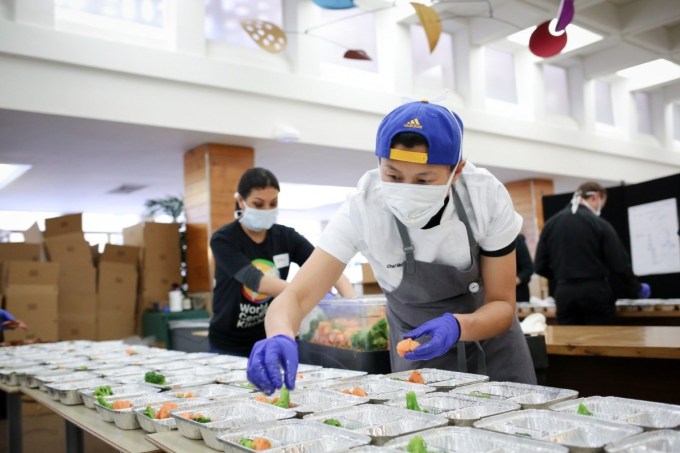

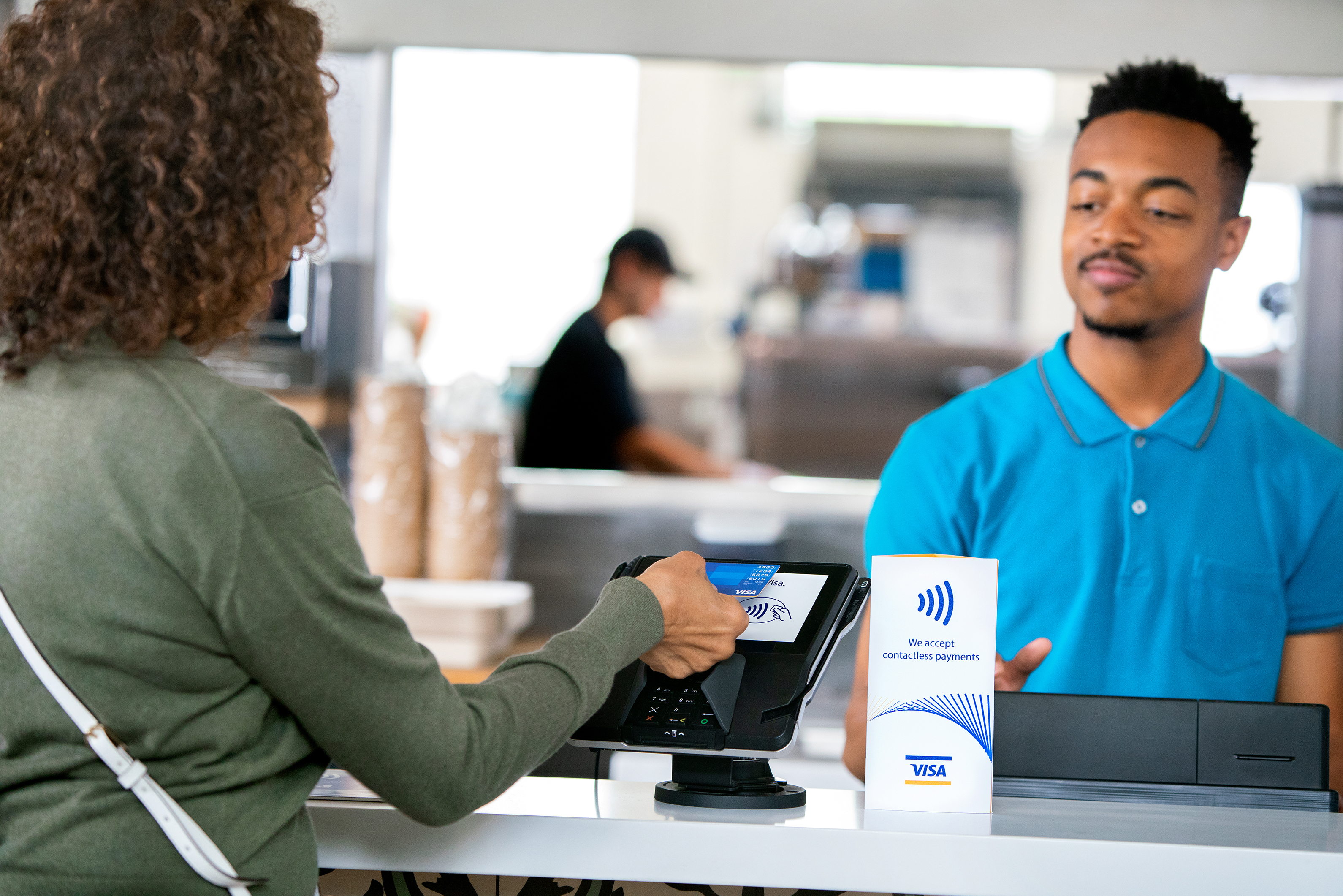
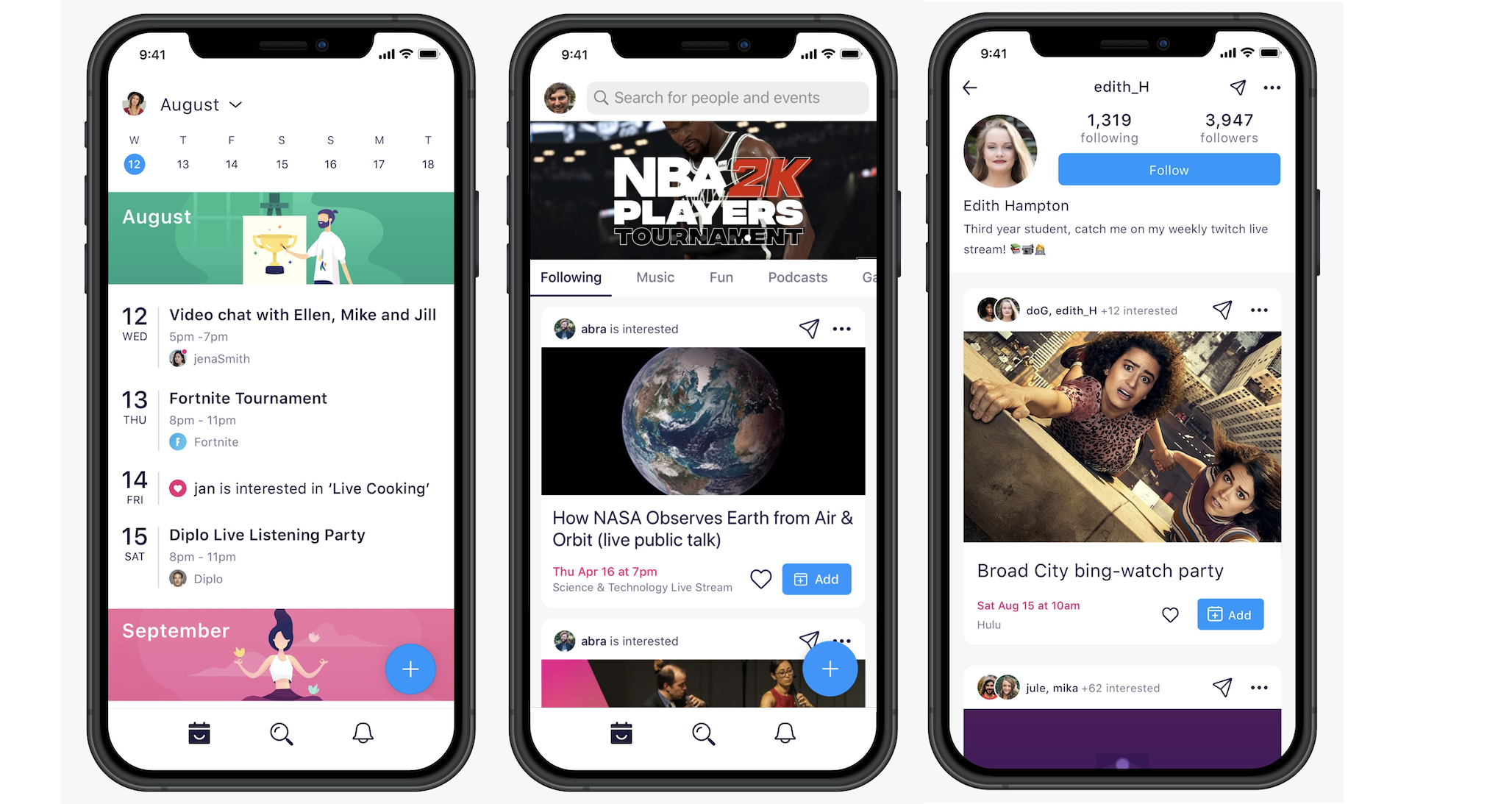
 “I just realized more than anything that the company needed people who had 110% to give, and it wasn’t clear that was going to be me” Elman said of Robinhood, now valued at $7.6 billion and struggling to scale. “My first passions and all the things I’ve talked about over the years have been social and media.”
“I just realized more than anything that the company needed people who had 110% to give, and it wasn’t clear that was going to be me” Elman said of Robinhood, now valued at $7.6 billion and struggling to scale. “My first passions and all the things I’ve talked about over the years have been social and media.”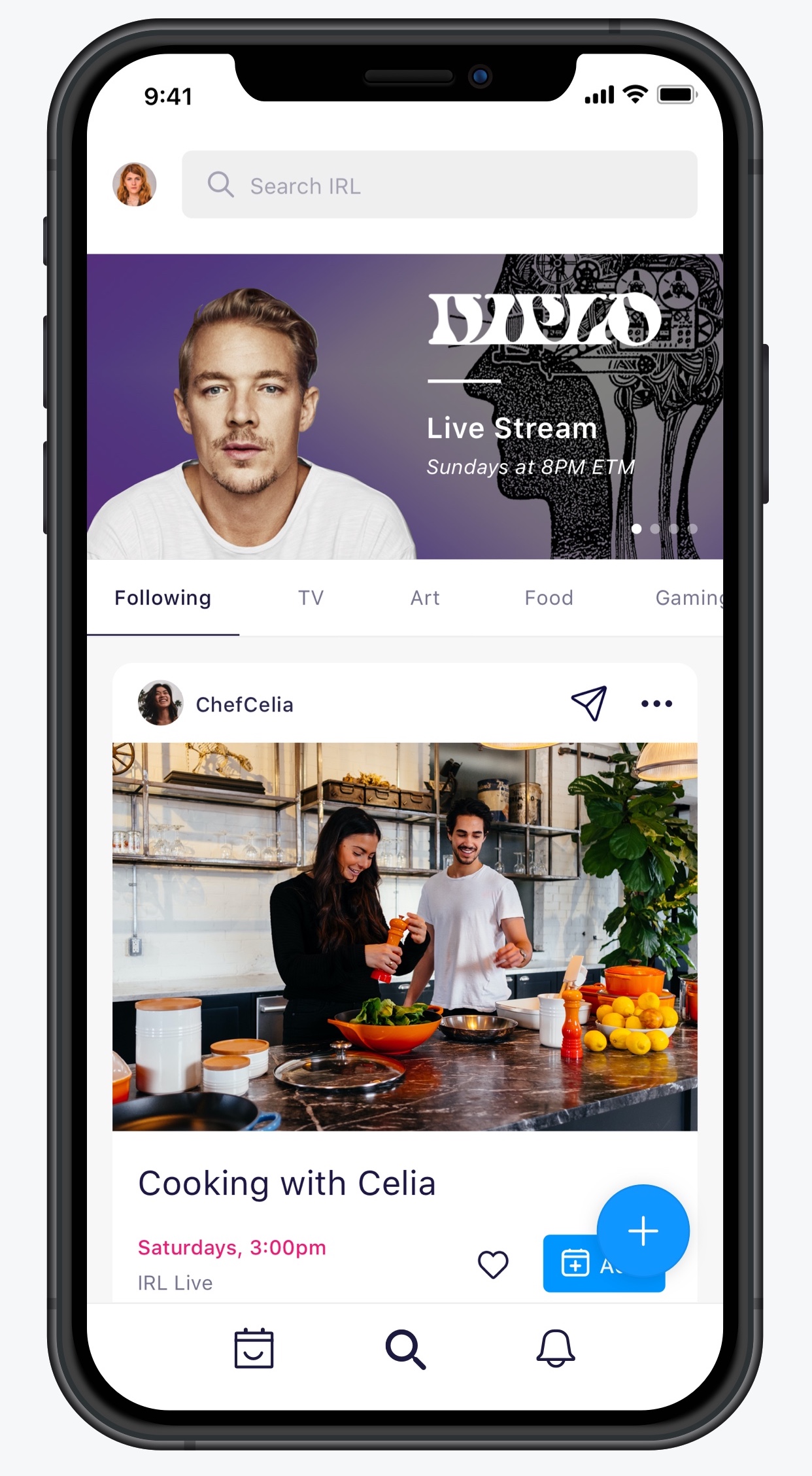 Today
Today 